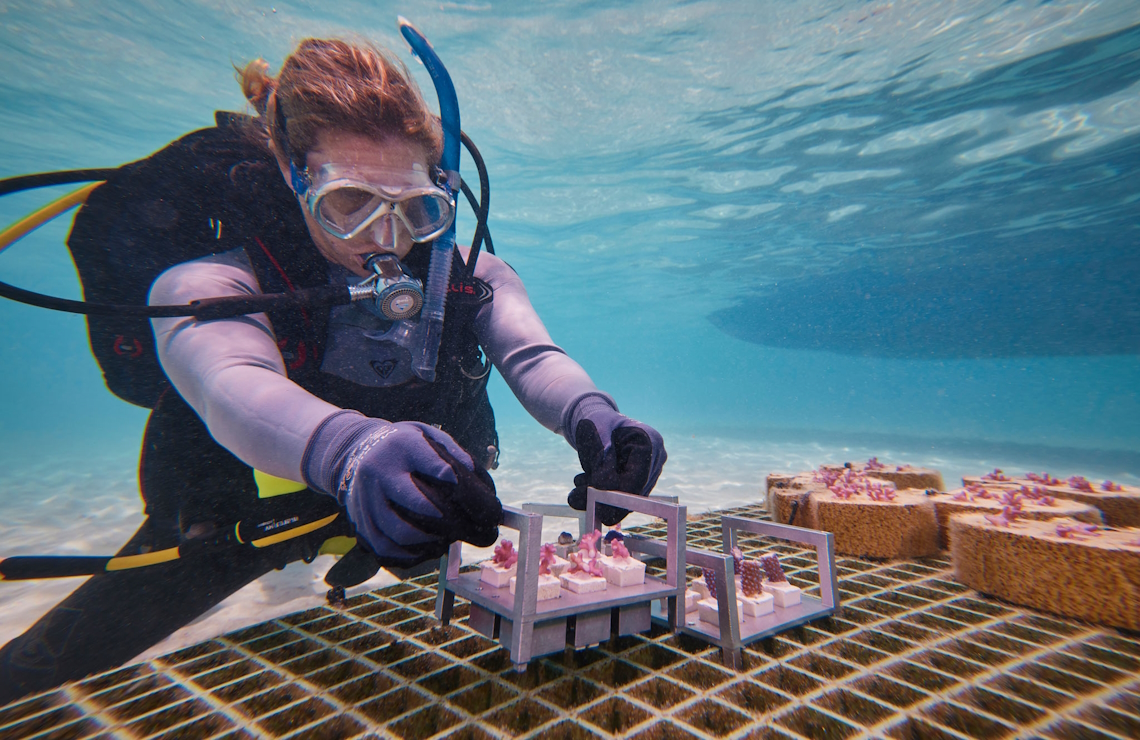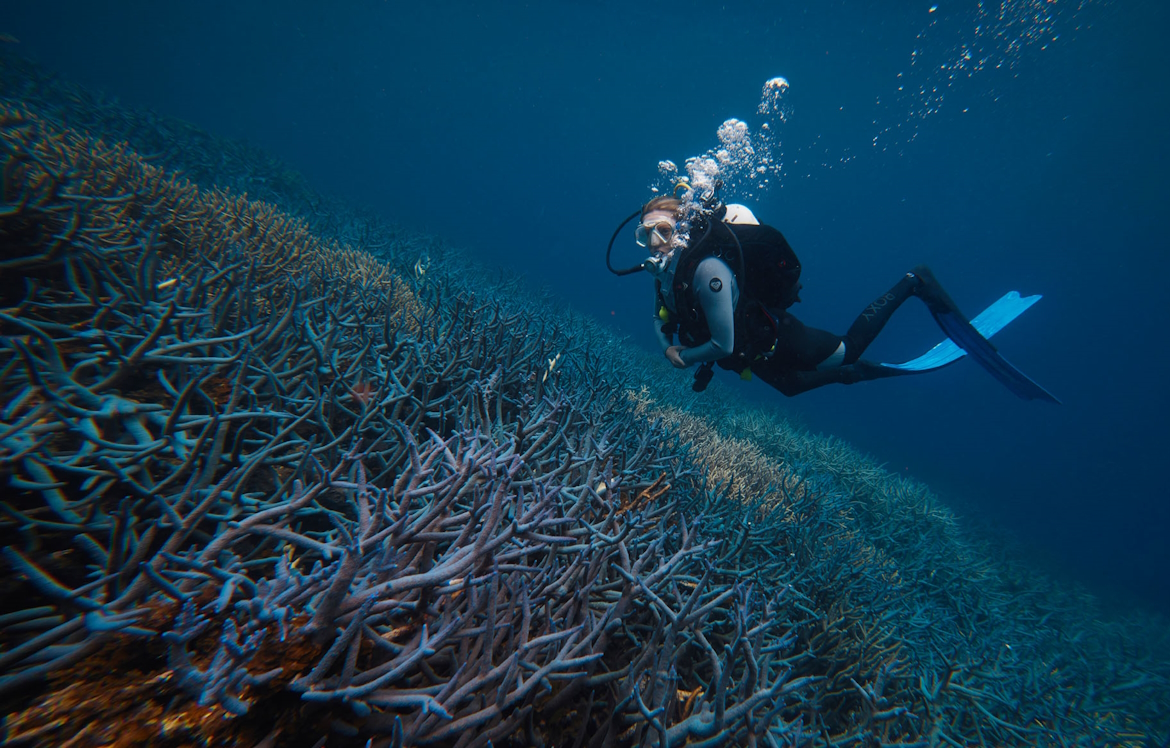 Did you know that Florida is the only state in the United States with major coral reef formations near its coasts?
Did you know that Florida is the only state in the United States with major coral reef formations near its coasts?
These reefs provide shelter and are a safe haven for a multitude of plants and animals.
Unfortunately, corals in the Florida Keys are rapidly disappearing due to a phenomenon called bleaching. When the surrounding ocean water becomes too warm, corals thrust out algae, causing them to turn white. Although corals do not die when they bleach, they are still at high risk. However, robots have shown some hope in coral regeneration.
Before we dive into the world of coral reefs, let us take a look at rising temperatures and their impacts on reefs around the world.
What Happened In Florida?
Starting in July, an extreme heat wave began to bake the waters surrounding Florida, causing water temperatures to exceed 100 degrees Fahrenheit. As a result of this heat, the relationship between the coral and its algae was broken, causing the corals to bleach.
Such events not only threaten the safety of reef ecosystems but also increase the likelihood of storms, decrease tourism, and hamper fishing. Bleaching events reverse the progress made by coral restorationists, who maintain coral nurseries in the hope of regenerating lost coral.
A Ray of Hope in Coral Regeneration
 Attempts to restore coral reefs have not been entirely successful. One method, transplanting corals, can be inefficient and expensive, catering to only a small portion of reefs.
Attempts to restore coral reefs have not been entirely successful. One method, transplanting corals, can be inefficient and expensive, catering to only a small portion of reefs.
Thankfully, Australian marine biologists are working on a system that can effectively restore coral reefs.
The method involves placing coral fragments into plugs, which are inserted into a molded, limestone base. The bases are then attached to the seafloor in separate batches. The bases are produced on a large scale with a remotely operated vehicle arranging them on the seafloor. Preliminary results have shown extraordinary coral growth.
Researchers at Coral Maker and Autodesk are also working on using artificial intelligence to recognize coral variability. Not all corals come in the same size or shape, so it is necessary for the robots to account for differences when placing them on the seafloor. Autodesk researchers have shown that the robots are able to carry out those tasks accurately and efficiently.
Still, as with any new innovation, there are some key drawbacks. The electronics by which these corals can be planted can be damaged by saltwater and the technology needed for the implementation is expensive.
Nevertheless, robots reviving coral reefs is a step in the right direction. Already the researchers are considering the prospects of geo-engineering clouds to protect corals from high temperatures. It is yet to be seen how these developments will turn out and whether they can really protect one of our planet’s most sacred ecological sanctuaries.
SOURCES: Vox, BBC, NOAA






